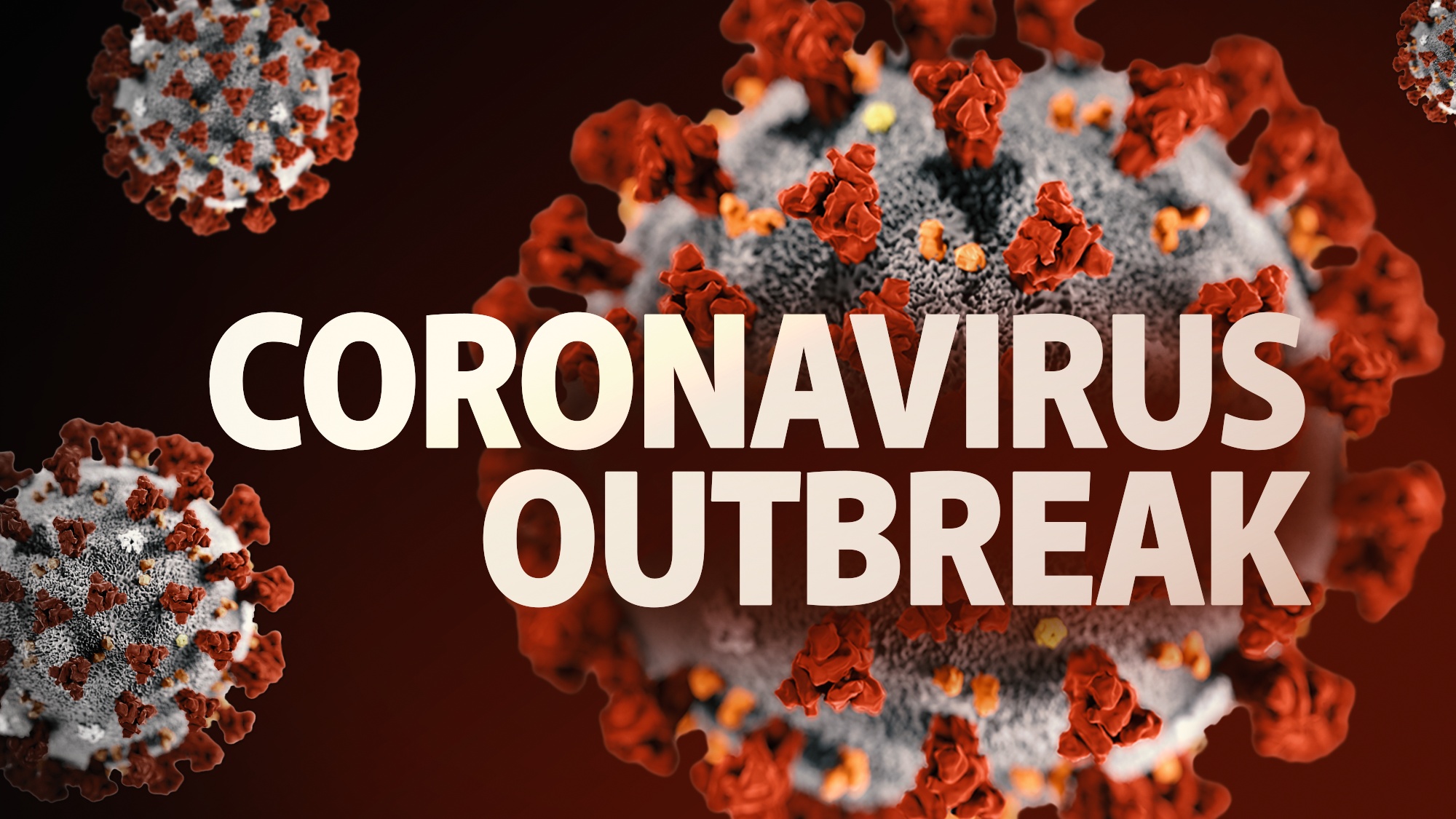5 tips for cooking the turkey safely
It’s almost Thanksgiving Day, and many people are planning their main course: the turkey. Whether you’re a novice or a pro at cooking the bird, preparing it safely shouldn’t go overlooked.
FoodSafety.gov offers some great safe-turkey tips. Here are five important steps to follow if you’re tackling the task:
1. Plan time for thawing.
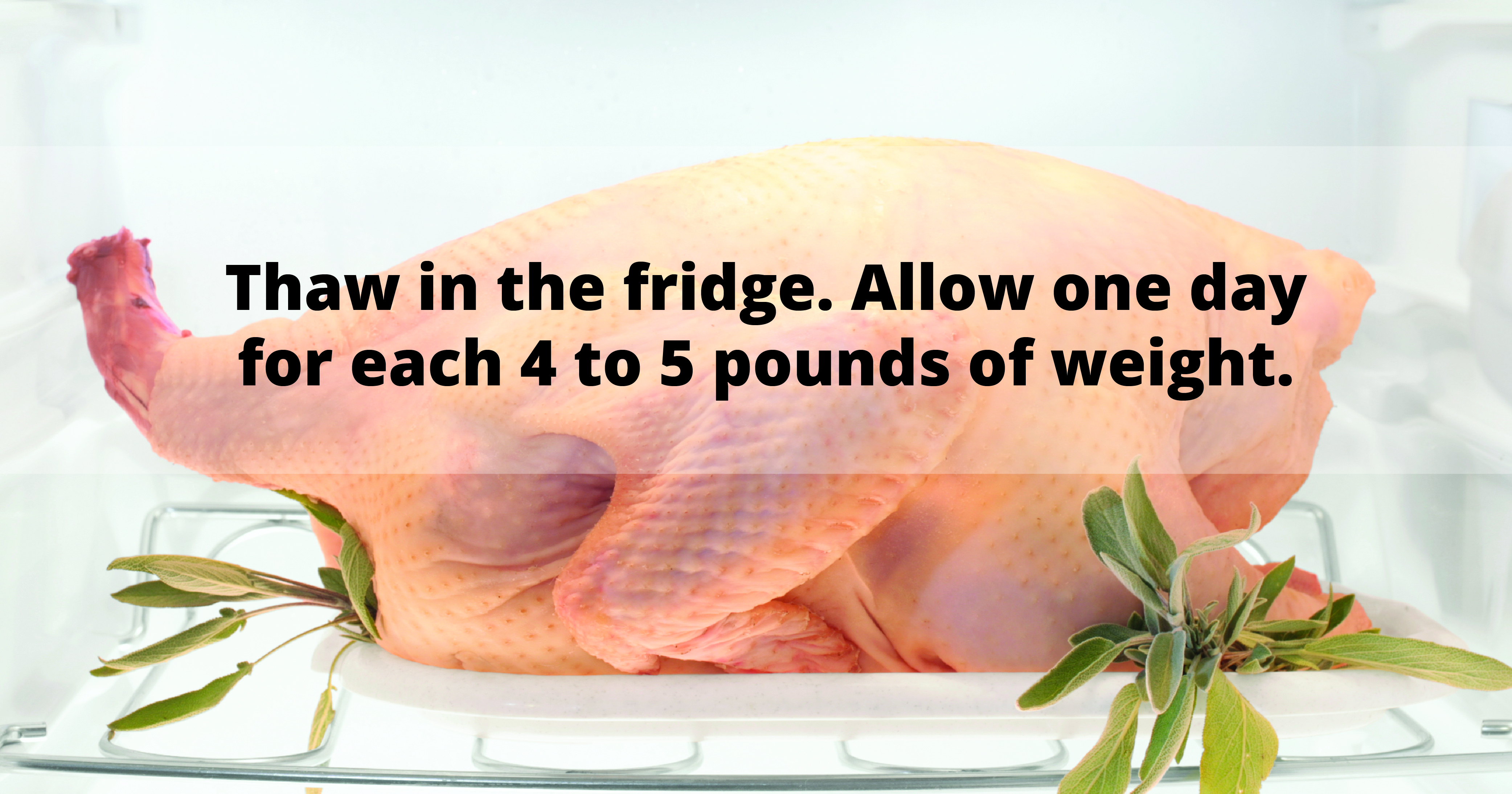
Thawing a turkey in the refrigerator is the safest method. The fridge temperature should be kept at 40 degrees or slightly below. Allow one day for each 4 to 5 pounds of weight.
If you’re planning on a fresh turkey, don’t buy one more than two days before you intend to cook it.
2. Prep the bird.
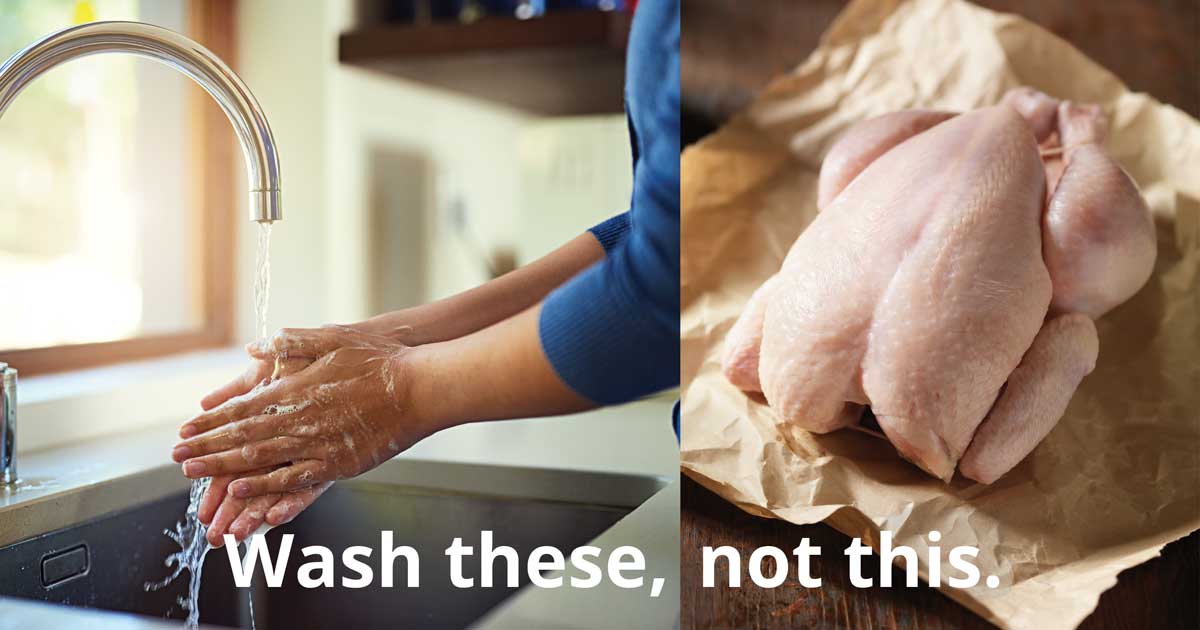
Wash your hands with warm water and soap for at least 20 seconds before touching the turkey. This helps prevent the spread of bacteria.
But don’t wash the turkey. This puts pathogens on kitchen surfaces. You can only kill the bacteria by fully cooking the turkey.
3. Use the right tools.
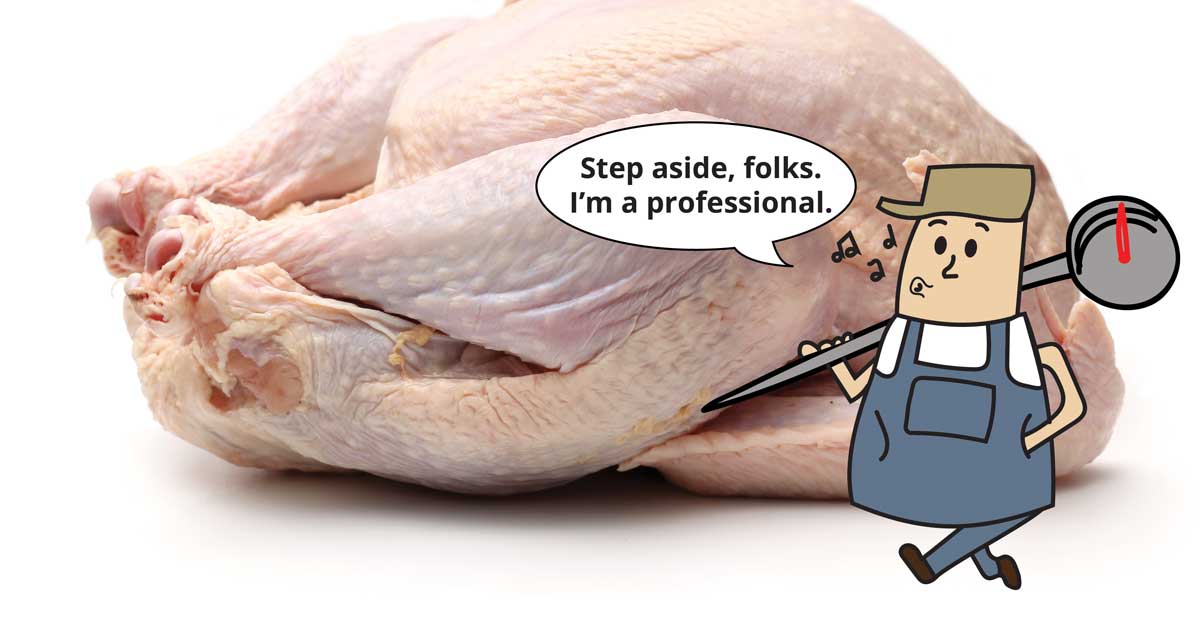
When preparing raw turkey, use separate plates, cutting boards and utensils. Then wash them with soap and water right away or put them in the dishwasher.
You should also have a food thermometer on hand to make sure the turkey is cooked enough.
4. Cook it right.
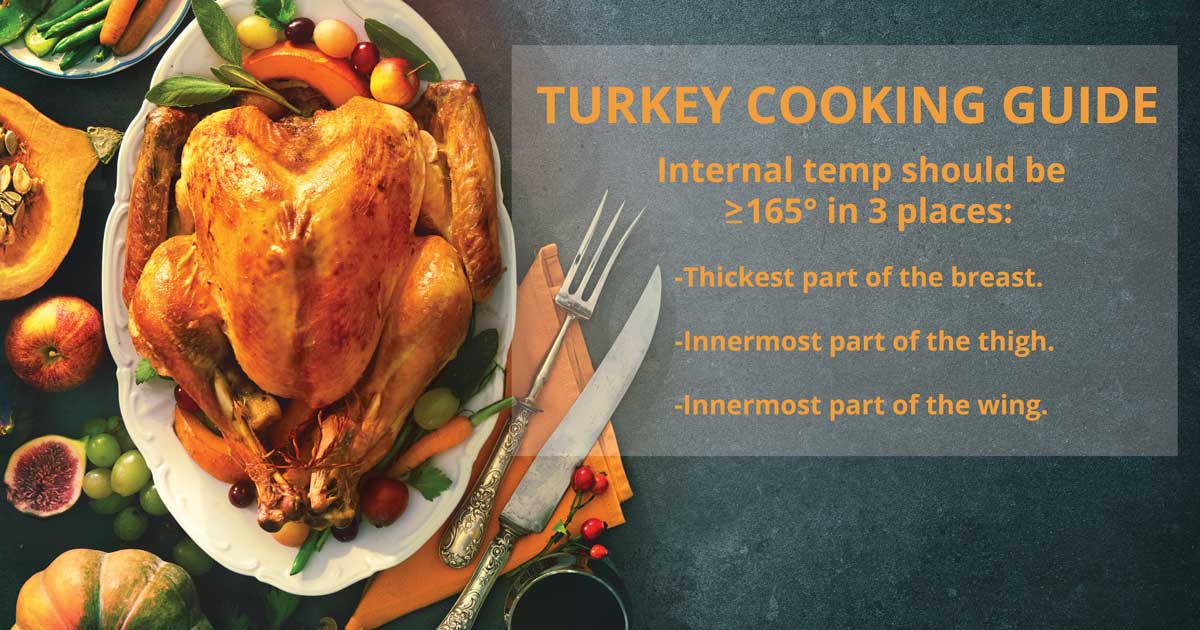
When cooking the turkey, make sure it reaches an internal temperature of 165 degrees. Check it in three places: the thickest part of the breast, and the innermost part of the thigh and of the wing. It’s a myth that a bird is done when the juices run clear.
If you’ve stuffed your turkey, check the temperature. The center of the stuffing should also reach 165 degrees.
5. Get smart about storage.
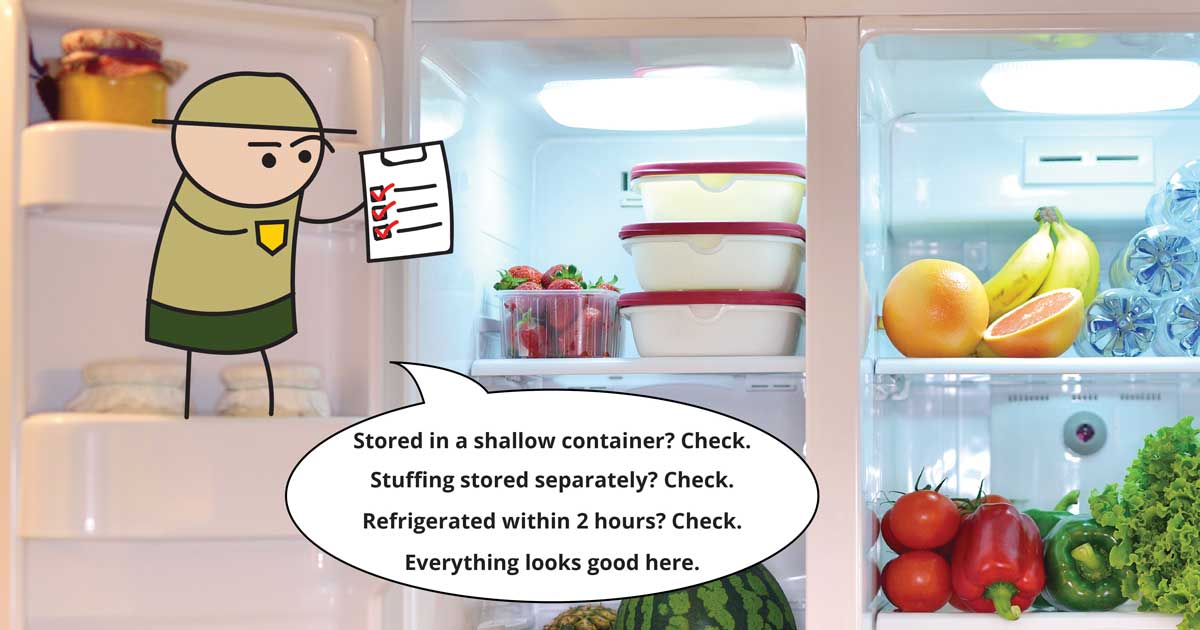
Put cooked turkey in shallow containers and refrigerate it within two hours. This keeps bacteria from growing. And store stuffing separately, not inside leftover turkey.
Worried the bird’s gone bad? When in doubt, throw it out.
Still have questions?
The U.S. Department of Agriculture’s Meat and Poultry Hotline at 888.MPHotline (888.674.6854) can answer them. You can even call on Thanksgiving Day until 2 p.m. Eastern.
For more information, check out FoodSafety.gov.













